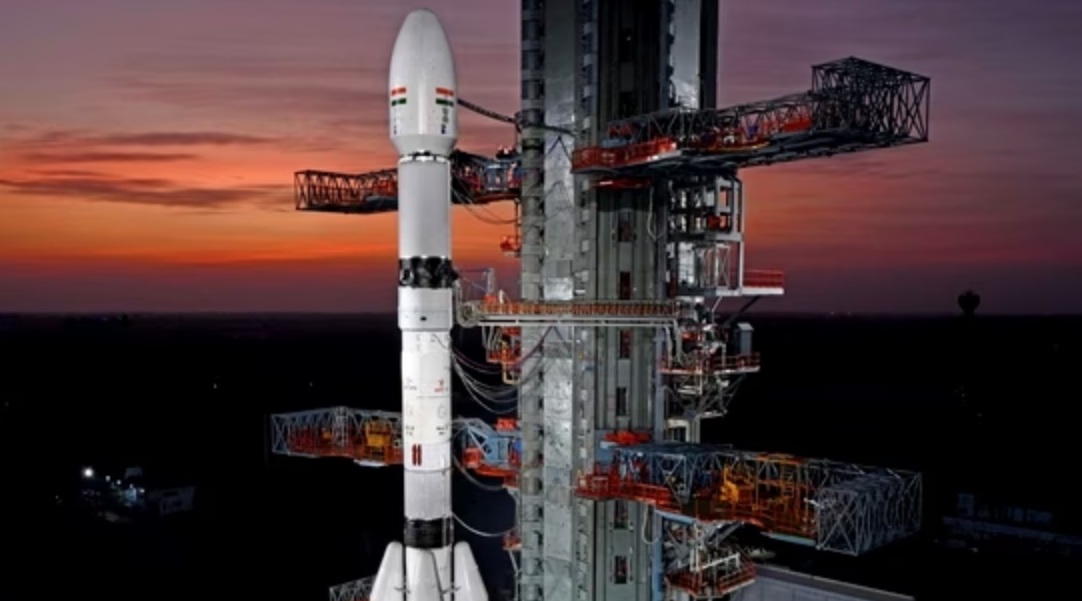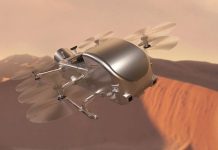ISRO made a video that the agency published on social media X
Aditya-L1 was launched on September 2. It is now testing equipment in low Earth orbit before heading to its long-term destination to study the Sun.
In about four months, the probe will reach the L1 Lagrange point between the Earth and the Sun, a stable gravitational point located about 1.5 million kilometers from our planet in the direction of the Sun.

Aditya-L1 Selfie with Earth and Moon
A satellite in a halo orbit around the L1 point has the main advantage of continuous observation of the Sun without glare or eclipses. This will provide a great advantage in observing solar activity and its impact on space weather in real-time.
Aditya-L1 will explore the Sun to study several aspects: solar activity such as solar flares and coronal ejections of charged particles, which can cause auroras on Earth and pose a threat to electrical infrastructure such as satellites. Additionally, the telescope will probe the Sun’s mysteriously hot outer atmosphere, which can reach temperatures of about 1.1 million degrees Celsius, according to NASA. Other layers of the Sun are not so hot, which creates many questions for scientists.




